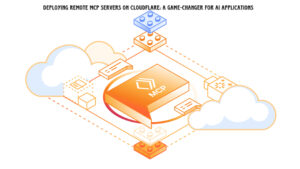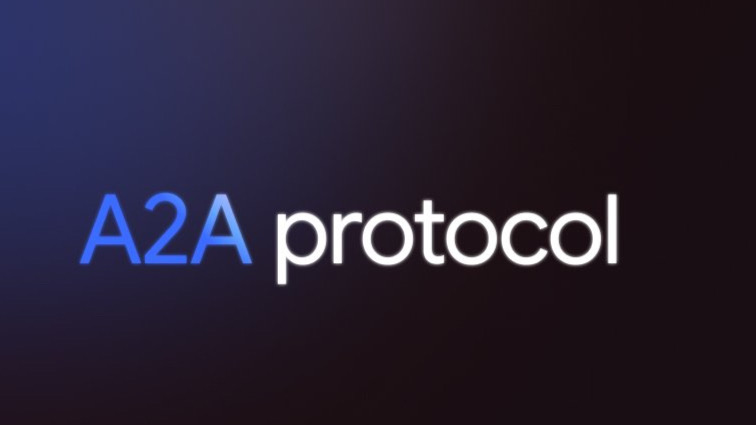Introduction:
The world of 3D creation is constantly evolving, with artificial intelligence playing an increasingly significant role. Recently, Google unveiled its Gemini 2.0 Flash experimental model, a multimodal large language model (LLM) capable of understanding and interacting with visual and auditory inputs. This breakthrough sparked an intriguing question: how can we leverage Gemini 2.0 Flash to enhance the Blender workflow? In this blog post, we’ll delve into a series of experiments conducted to explore the potential of this AI in real-time Blender manipulation.
Setting the Stage:
The initial setup involved configuring a workspace with Gemini 2.0 Flash in one corner and Blender in the main view. The goal was to test the AI’s ability to interpret and respond to actions performed within Blender.
Initial Experiments: Basic Object Manipulation:
The first experiment involved simple object manipulation. Gemini 2.0 Flash accurately described the Blender interface and the actions performed, such as adding a cube to the scene. However, when asked to generate Python scripts for more complex tasks, such as duplicating a cube multiple times, the AI initially struggled with text output.
Refining the Approach: Text Output and Python Scripting:
To overcome the text output limitation, the output format was switched to text. This allowed Gemini 2.0 Flash to generate Python scripts for Blender. A refined prompt was introduced, instructing the AI to act as a specialized Python code generator for Blender 4.3. This prompt also included a comprehensive list of Blender API operations, addressing the AI’s tendency to reference outdated Blender versions.
Automating the Workflow: Integrating TinyTask:
To further streamline the workflow, TinyTask, a lightweight keystroke recording tool, was integrated. This tool allowed for the automation of script execution within Blender. By recording the steps involved in copying the generated script and running it in Blender, the process was reduced to a single button click.
Real-Time Interaction: A Series of Challenges:
The next phase involved a series of real-time interactions, challenging Gemini 2.0 Flash to perform various tasks within Blender. These tasks included:
- Adjusting object sizes and positions.
- Manipulating lighting.
- Adding and modifying objects, such as Suzanne (the Blender monkey).
- Animating objects.
- Applying shaders and materials.
While the AI demonstrated impressive capabilities in many areas, it also encountered challenges, such as:
- Incorrect object selection.
- Difficulties with complex animations.
- Occasional crashes, possibly due to the extensive API list.
- Inconsistent results when dealing with complex shading.
Insights and Future Potential:
Despite the challenges, the experiments revealed the immense potential of integrating LLMs like Gemini 2.0 Flash with 3D creation tools like Blender. The ability to generate Python scripts based on natural language commands opens up new possibilities for rapid prototyping and iterative design.
Key takeaways:
- Rapid Prototyping: LLMs can significantly accelerate the prototyping process by generating code for complex 3D manipulations.
- Accessibility: Natural language interfaces can make 3D creation more accessible to users with limited coding experience.
- Automation: Combining LLMs with automation tools like TinyTask can streamline repetitive tasks.
- Potential for Advanced Tasks: The AI shows strong potential for generating complex formulas and procedural animations, which is a very powerful application.
The Future of AI-Powered 3D Creation:
The experiments highlighted the need for improved text output capabilities and more robust error handling. As LLMs continue to evolve, we can expect even more seamless integration with 3D creation tools. Imagine a future where AI can directly manipulate Blender files based on natural language commands, eliminating the need for intermediary tools like TinyTask.
Call to Action:
The author encourages readers to explore the potential of AI in 3D creation and share their own experiments and insights. The goal is to foster a community-driven exploration of this exciting frontier.



